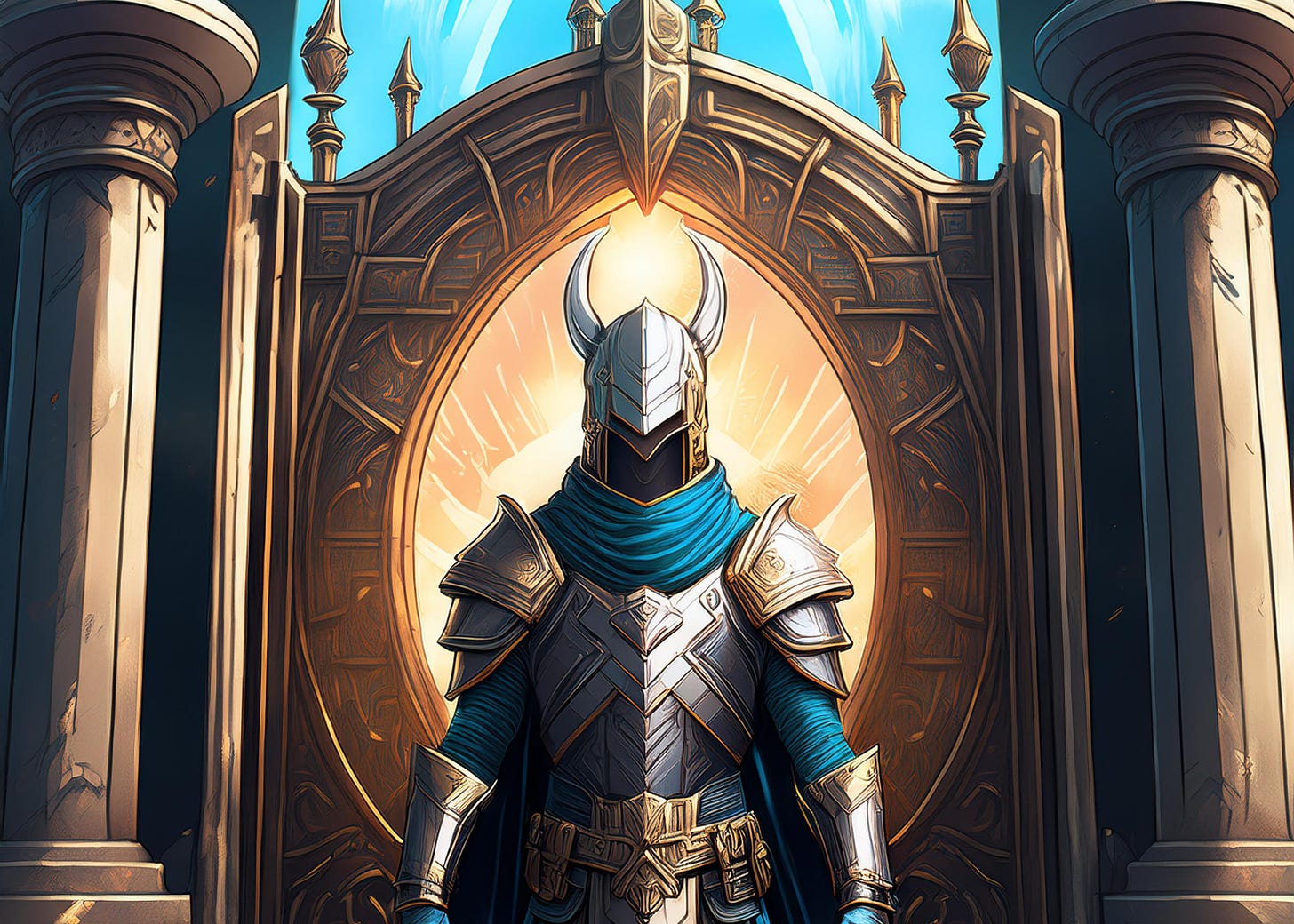"Low" Fantasy? "High" Fantasy? What's the Difference? And Does It Matter?
Most of us fantasy nuts have heard of "high" fantasy even if the exact definition is somewhat vague, but what about "low" fantasy? Is it different from "high" fantasy? Is one better than the other? And is it possible for a book to be both?
The problem with putting books into distinct boxes is that few books really fit perfectly in any one box. There are plenty of books that combine dark fantasy elements with high fantasy elements. In fact, The Curse of Strahd, a classic D&D module that spawned both a series of novels and an entire game world, easily checks both boxes with its vampire and undead themes combined with the normal high fantasy tropes. And in distinguishing between high fantasy and low fantasy, we find a lot of blending between the two.
What is Low Fantasy?
The standard definition of low fantasy is a fantasy setting that is our Earth with fantastical elements. Think Harry Potter. In the beginning of the books, Harry lives in a suburb of Surrey just south of London. The Dresden Files is another good example. Harry Dresden is a Wizard / Private Investigator who lives in Chicago.
Many low fantasy novels are very similar to our world with only a hint of supernatural, or where the fantastical elements are hidden from the 'normal' people. However, this doesn't mean the fantasy or magic is lacking. Jonathan Strange and Mr. Norrell is a perfect example of low fantasy. It takes place in 19th century England in a version of Earth where magic once existed but hasn't been seen (at least in its real form) in several centuries until Mr. Norrell pops up. The novel not only has some of the biggest and most spectacular magic you'll read in a novel, it also has an entire fairie realm. (It's also an absolutely fantastic read for both fantasy lovers and non-fantasy readers.)
How Is High Fantasy Different Than Low Fantasy?
High fantasy often brings with it images of hobbits and dwarves and elves and men attempting to cross over the misty mountains only to be defeated by the secret magics of Saruman the Wizard. Tolkein's Lord of the Rings is often thought of as the blueprint for high fantasy, and in many ways, he set the standard for the genre.
In high fantasy settings, the action takes place on Not-Earth. The world is different and independent of our world and includes fantastical elements such as magic, different races, etc. The world is generally set in a swords-and-sorcery environment with limited technology and oftentimes has a major distinction of Good vs Evil, although this has blurred through the evolution of the genre.
While high fantasy takes place on another world, it can still use Earth as a partial setting. Piers Anthony's Xanth series takes place in an alternative version of Florida and the characters do make an appearance in the 'real' world. Joel Rosenburg's Guardians of the Flame starts out on a college campus with students playing a tabletop roleplaying game before being transported into a fantasy world. And The Chronicles of Thomas Covenant takes place in part on Earth and in part in Andelain, an archetypical high fantasy setting. Making matters even more cloudy, Thomas Covenant often believes he's dreaming during the series, especially at the beginning.
Can a Novel Be Both High Fantasy and Low Fantasy?
Prepare to have your mind blown: The Lord of the Rings is a low fantasy series of novels. If we take the strictest definition -- a novel set on Earth with fantasy elements such as magic and fantasy races -- Lord of the Rings checks those boxes. The setting for Tolkein's masterpiece is Earth before the rise of the Age of Men (the "fourth age"), which is why it is called Middle Earth.
But, of course, it has all of the earmarks of high fantasy. It has a very distinct Good vs Evil, it has swords and sorcery, it has fantastical races and otherworldly beings, and while it takes place on "Earth," the land itself is completely fictional.
The Magicians is another good example of high fantasy and low fantasy blending together. Much of the series is spent in a prototypical low fantasy setting -- Earth with magic -- but a sizable chunk is also spent in the perfect example of a high fantasy world.
Most of the time, these world-within-a-world stories are considered high fantasy because the action is taking place on Not-Earth, but when the setting jumps between both world, the lines certainly becomes blured.
Does The Distinction Between Low an High Fantasy Matter?
There's really only one good reason to throw a label on novels, music, movies, TV and similar forms of entertainment: to help you figure out if you are going to like something.
If you have a friend that loves the Dresden Files and True Blood but hates the Lord of the Rings and Game of Thrones, you aren't likely to recommend they read the Dragonlance novels or the Kingkiller Chronicles.
But it is definitely something that can be taken way too literally. Look, the Lord of the Rings is high fantasy. Period. It doesn't matter that Tolkein's specifically placed his setting as a fictional past of Earth. The story is high fantasy. The same goes for Madeline Miller's Song of Achilles and Circe. They are great Greek mythology revisionings, but they definitely have more in common with high fantasy than low fantasy.
If the point is to communicate whether or not someone will like a book or a movie or a TV show, it's far better to use the basic feel of a show as a baramoter rather than fitting it into an exact definition.




